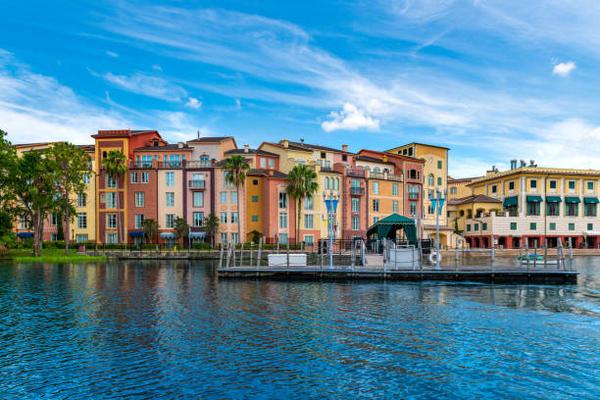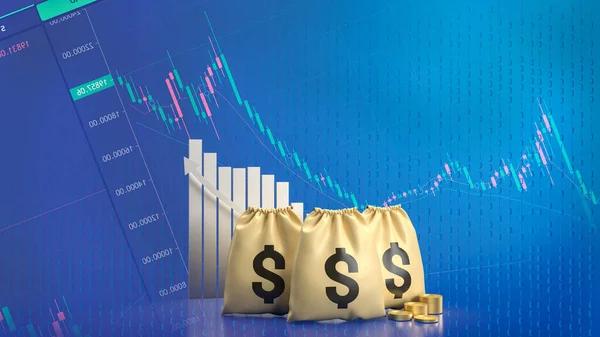Synthetic Aesthetics The Beauty Born from Image Generation AI
In recent years, the intersection of technology and creativity has given rise to a fascinating field known as synthetic aesthetics. This burgeoning area explores the beauty born from image generation artificial intelligence (AI), where algorithms craft visual art that challenges traditional notions of creativity and artistry. As AI continues to evolve, it is reshaping our understanding of aesthetics and pushing the boundaries of what constitutes artistic expression.
Image generation AI employs sophisticated neural networks to create visuals that can mimic or even surpass human creativity. These algorithms are trained on vast datasets containing millions of images, learning patterns, styles, and techniques from diverse sources. As a result, they can produce artwork ranging from hyper-realistic portraits to abstract compositions that evoke complex emotions.
One of the most intriguing aspects of synthetic aesthetics is its ability to democratize art creation. With tools like DALL-E 2 by OpenAI or Google’s DeepDream, anyone with access to these technologies can generate unique pieces without formal training in art or design. This accessibility empowers individuals who may have never considered themselves artists to explore their creative potential through AI-generated imagery.
Moreover, Image generation AI serves as a catalyst for collaboration between humans and machines. Artists now have an opportunity to engage in a dialogue with these algorithms, using them as partners rather than mere tools. By inputting specific parameters or guiding the creative process through iterative feedback loops, artists can co-create alongside AI systems, resulting in hybrid works that reflect both human intent and machine ingenuity.
The aesthetic value derived from AI-generated images often lies in their novelty and unpredictability. Unlike traditional art forms bound by human limitations and biases, these digital creations emerge from complex mathematical processes that yield unexpected results. The beauty found within this randomness challenges conventional definitions of art while inviting viewers to embrace new perspectives on visual appeal.
However, the rise of synthetic aesthetics also raises important questions about authorship and authenticity in contemporary art discourse. When an algorithm generates an image autonomously based on learned data patterns rather than conscious decision-making processes typical among humans—is it truly original? Does copyright belong solely with those who program these systems?
Despite such philosophical debates surrounding ownership rights over digitally created content—synthetic aesthetics undeniably represents a paradigm shift within modern cultural landscapes worldwide; one where technological advancements continue shaping future narratives around how we perceive beauty itself across various mediums beyond just painting alone but encompassing music composition too!
As society grapples with rapid technological advancements impacting every facet imaginable today—from communication methods down towards entertainment choices available at fingertips—it becomes increasingly vital not only understand implications arising thereof but also appreciate transformative potential inherent therein fostering innovation further still!







